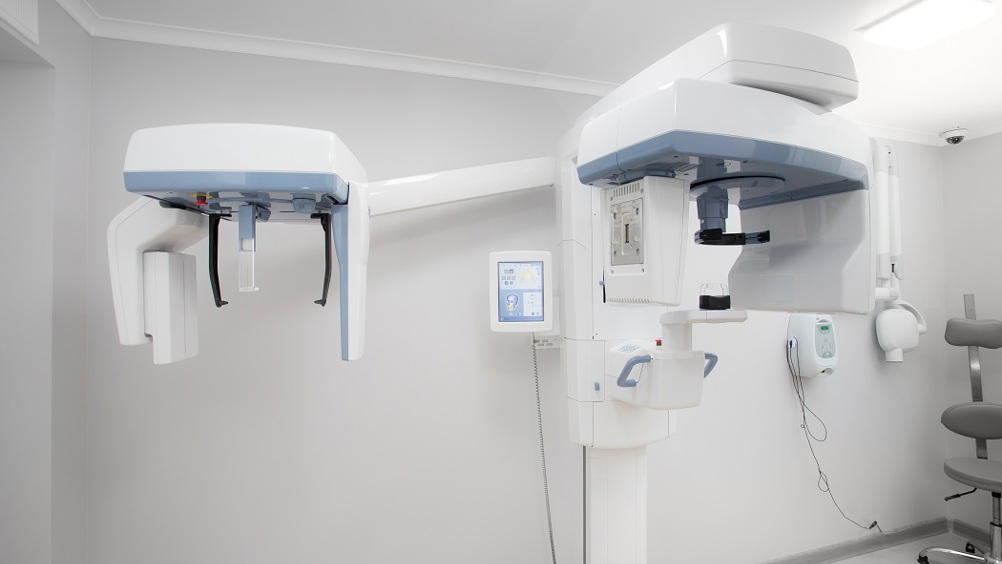Increasing precision

While a poor craftsman blames his tools, there are certainly gains to be made by understanding and incorporating technological innovations into our repertoire.
Increasing accuracy and precision is an evergreen goal among dental practitioners. From more precise diagnostics to more precise treatment, and even how we communicate with patients and colleagues – precision can be said to influence everything we do. While a poor craftsman blames his tools, there are certainly gains to be made by understanding and incorporating technological innovations into our repertoire.
An increasingly popular and widespread example is the use of cone beam computed tomography (CBCT) in conjunction with intra-oral optical scanning (IOS). In a typical digital dental workflow, CBCT is used to construct 3D rendering of a patient’s oral cavity and surrounding tissue. Compared to the traditional two-dimensional CT scan, three-dimensional data is transformative in facilitating computer aided design and manufacture (CAD/CAM) with wide ranging applications in dentistry, from design and manufacture of full arch bridges and guided surgery stents to construction of prostheses and even 3D printed biomaterials. Anatomical features that can be masked or obscured in a flat image are much more readily identifiable in 3D. For example, the root structure of teeth is more easily visible in CBCT imaging, which can make detecting apical anomalies or lesions more achievable.[1] This has obvious implications for surgical planning and the avoidance of complications, as complex features that may have been easily missed can now be mapped, measured, and accounted for prior to any invasive procedure. Quite simply, this information gives dentists a chance to change or adapt their approach in advance, for optimal outcomes. For example, 3D printed surgical guides are transforming the accuracy and precision of implant placements whilst reducing the risk of collateral damage to surrounding vital structures.
Register now to continue reading
WHAT’S INCLUDED
-
Unlimited access to the latest news, articles and video content
-
Monthly email newsletter
-
Podcasts and members benefits, coming soon!
